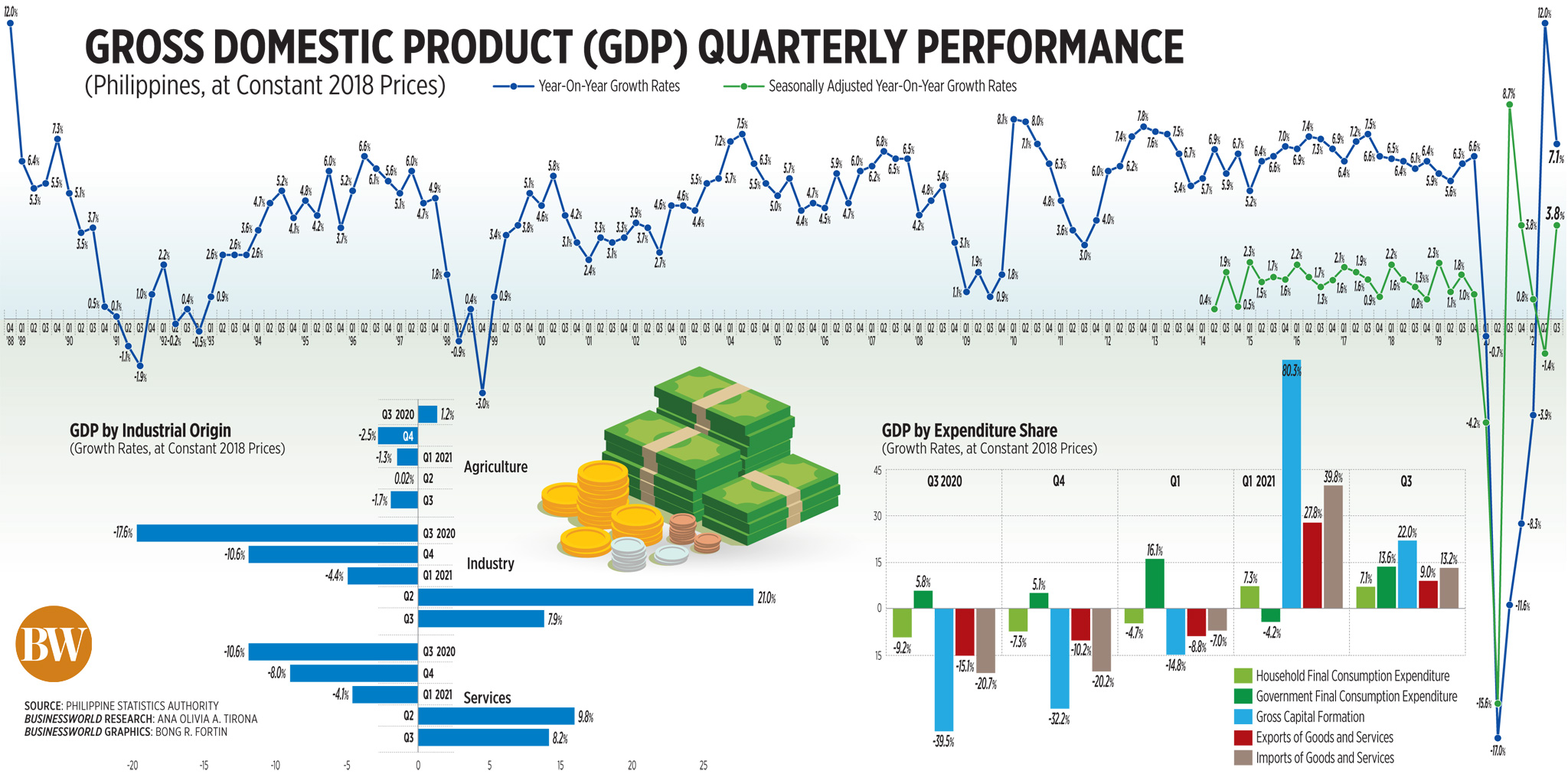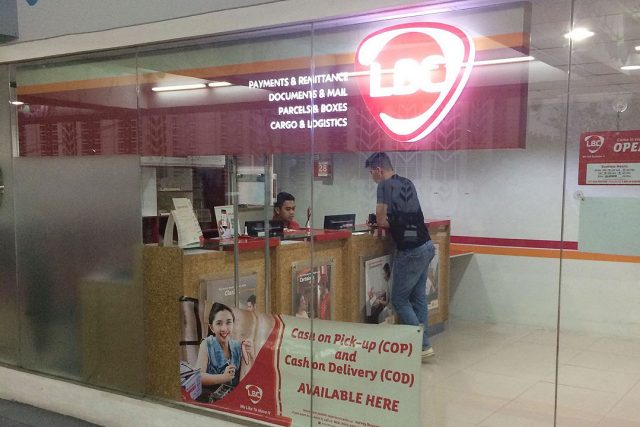Get ready for the Philippine’s first-ever Virtual Sustainability Career Fair this March 2022
Metamorphosis Group with the support of Sustainable PH and the Society of Sustainability Practitioners is hosting the Philippines’ first ever Virtual Sustainability Career Fair called the Virtual Career Academy (VCA) Summit 2022!
The VCA Summit is a 5-day annual event meant to invite employers and job seekers to come together and share mutually-beneficial opportunities in the sustainability practice. The event offers activities such as industry career talks to engage audiences, employer-hosted workshops and panel discussions to help employers and job seekers get to know each other better, free resume and interview coaching opportunities for job seekers to prepare for their job applications, and a raffle to end each day of the week with a bang!
The first ever run last March 2021 on Digital Transformation had Microsoft Philippines and Go Philippines as the co-presenters and boasted an outcome of 17 industry speakers, 600+ participants, 115,000+ people reached, 15,000+ engagements, 17+ companies and employers, and 100+ job openings.
“Congratulations on the success of VCA so far, MG! Can definitely see how much of an impact you’re making for job seekers. Looking forward to continuously fortifying our collaboration in years to come. Cheers!,” shares Georgia Martelino, Philanthropies lead of Microsoft Philippines.
“It was awesome working with Metamorphosis Group for the VCA Summit, I had the opportunity to speak to aspiring candidates who are eager and motivated to be the best of themselves, and through our virtual booth and resource speaking, I hope that they have also understood more about cultivating an entrepreneur mindset,” expresses Robin Oh, head of Training Operations of Reactor School Singapore.
“The event was just grand! It was well-planned and well thought of. It did not just touch points but rather discussed the whole concept of digitization in the eyes of different industries. As a speaker, I enjoyed how relatable the topic was and how engaged both the panel and the audience were. Metamorphosis Group packaged the event with timely relevant topics that may be intimidating for most but turned it into something that almost felt like talking to a friend. Kudos!,” says Anna Sasaki, account manager of NextPay Philippines.
 This year, Metamorphosis Group is aiming for a bigger and better virtual career fair experience for everyone! The same activities will be expected, but a much more meaningful and wider impact is promised.
This year, Metamorphosis Group is aiming for a bigger and better virtual career fair experience for everyone! The same activities will be expected, but a much more meaningful and wider impact is promised.
“We’ve already reached out to multiple schools and industry sectors across the Philippines,” explains Danica Octa, president and CEO of Metamorphosis Group. “We want employers to get access to these talents that they wouldn’t normally know how to reach, and these talents want to be in an event where they can easily speak to employers so they can position themselves as really great candidates. Believe me, this is an event that is worth the investment! And to think that this is going to promote sustainability in the Philippine job market! This is truly a great advocacy.”
“The need for a more sustainable world today cannot be understated,” explains Shawntel Nieto, president of the Society of Sustainability Practitioners or SSP. “With this comes the desire people have to build careers centered on what they believe in alongside the need for companies to become more sustainable — in practice, vision, and values. We believe we have a multitude of both in the Philippines and we are so excited to bridge the two through our upcoming career fair.”
Employers might ask, why join the VCA Summit?
- To EDUCATE! Share industry knowledge and secrets that the talent market needs to hear. Be known as an organization that educates.
- To INSPIRE! Give hope to the talent market by showing them the many opportunities they can get into whether in your organization or the next. Be known as an organization that inspires.
- To ENGAGE! Build relationships with the talent market and show them that they can trust you and that they can collaborate with you in one way or another. Be known as an organization that engages.
The Virtual Career Academy Summit 2022 will be running from March 21-25, 2022. Interested employers can visit the website with more details at https://metamorphosis-group.co/vca-summit or inquire at partnerships@metamorphosis-group.co.
Spotlight is BusinessWorld’s sponsored section that allows advertisers to amplify their brand and connect with BusinessWorld’s audience by enabling them to publish their stories directly on the BusinessWorld Web site. For more information, send an email to online@bworldonline.com.
Join us on Viber to get more updates from BusinessWorld: https://bit.ly/3hv6bLA.









 An interagency task force eased the lockdown in Manila, the capital and nearby cities to Alert Level 3 as early as Oct. 13, and allowed the reopening of cinemas at 30% capacity for fully vaccinated moviegoers.
An interagency task force eased the lockdown in Manila, the capital and nearby cities to Alert Level 3 as early as Oct. 13, and allowed the reopening of cinemas at 30% capacity for fully vaccinated moviegoers.









